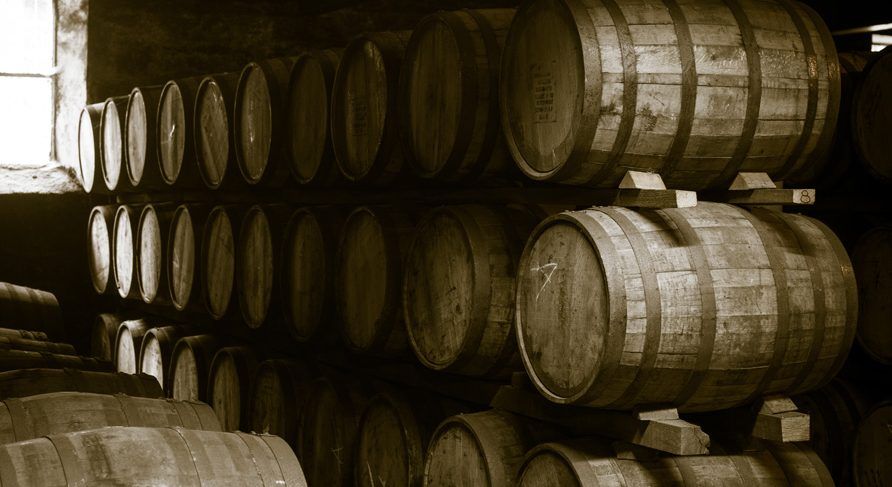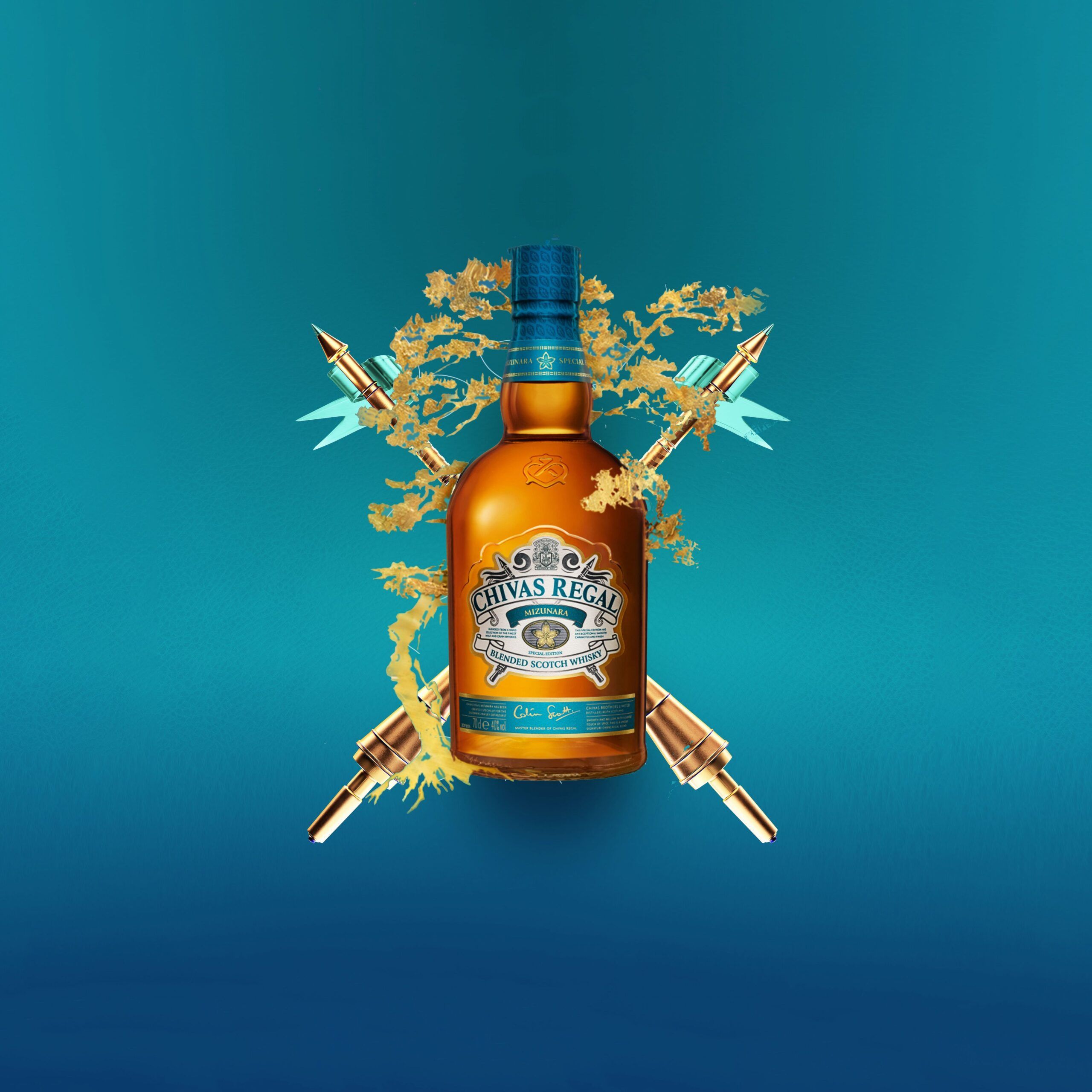
SCOTCH WHISKY ET WHISKY JAPONAIS : QUELLES SONT LEURS DIFFÉRENCES ?

VOUS NE FAITES PAS LA DIFFÉRENCE ENTRE UN YAMAKAZI ET UN SCOTCH ? DÉTENDEZ-VOUS.
VOICI TOUT CE QUE VOUS DEVEZ SAVOIR AFIN D’AVOIR TOUTES LES CONNAISSANCES NÉCESSAIRES POUR IMPRESSIONNER MÊME LES PLUS GRANDS AMATEURS DE WHISKY.
Mettons les pendules à l’heure. Si vous vous demandiez « est-ce que le whisky japonais est un scotch ? », la réponse est non. Alors que les principes et le processus de production d’un assemblage de scotch whisky et de whisky japonais sont presque les mêmes, selon la loi, le scotch whisky doit être distillé et vieilli en Écosse.
Il n’en va pas de même pour le whisky japonais, dans la mesure où le whisky japonais n’a pas besoin d’être japonais selon la loi. En fait, de nombreuses distilleries au Japon utilisent du scotch whisky dans le processus de fabrication de leur whisky.
Le whisky japonais ressemble-t-il au scotch whisky ?
L’une des principales différences de goût entre le scotch whisky et le whisky japonais est que le whisky japonais a tendance à être moins tourbé. En Écosse, où les distilleries sont majoritairement implantées sur les îles et sur le littoral, la tourbe est naturellement utilisée pour le séchage de l’orge lors de la phase de maltage. Bien que les producteurs japonais utilisent également de l’orge tourbée, ils le produisent en quantités beaucoup plus faibles, car de nombreuses distilleries se trouvent à haute altitude.
Cette haute altitude a également une influence sur le goût du whisky. Le processus de distillation est réalisé à une pression plus basse et peut produire un whisky au goût plus léger par rapport à un scotch traditionnel riche.


Le whisky japonais ressemble-t-il au scotch whisky ?
Like most things, beauty is in the eye of the beholder – or the holder of the glass of whisky in this case. Japanese whisky can certainly be more expensive, which is down to some Japanese producers using a rare Japanese oak tree called Mizurana to mature their whisky, while Scottish distilleries tend to use ex-bourbon or sherry barrels.
If you’re looking to dip your toes into the world of Japanese whisky, Chivas Mizunara is the world’s first blended Scotch whisky to be selectively finished in Japanese Mizunara oak casks*. Offering a truly unique and flavourful Japanese whisky taste – full of spicy and floral notes added by the Mizunara casks – it’s the perfect marriage of Scotch craft and Japanese tradition.
*A portion of this blended Scotch whisky has been finished in Japanese Mizunara oak casks.
Check out our Mizunara Iced Coffee or Yuzu Highball recipes for a taste of the Chivas Mizunara
Le whisky japonais ressemble-t-il davantage à un scotch ou à un bourbon ?
Bourbon tends to be much sweeter than Scotch or Japanese whisky as it uses a corn base, and on the whole is described as vanilla, toffee and cinnamon tasting in character. To supplement the corn, American distilleries use wheat to add a nutty character, or rye to add a drier, spicier pepper flavour.
In the same way, Scotch whisky making can only be distilled and matured in Scotland, bourbon by law has to originate from America. It was first distilled by farmers in Maryland and Pennsylvania as a way to use excess crops, namely corn, and the area is still referred to as ‘Old Bourbon’ to this day.
Whether you like your drinks a bit peaty, nutty or spicy, the world of whisky is always evolving and refining! For now, you’re ready to impress everyone with your knowledge of whisky – just make sure to have a glass of Chivas Mizunara in hand while you’re at it.
Ready to learn more about whisky? Head to our art of blending whisky, the ageing of whisky and Japanese Highball culture with Atsushi Suzuki content.

